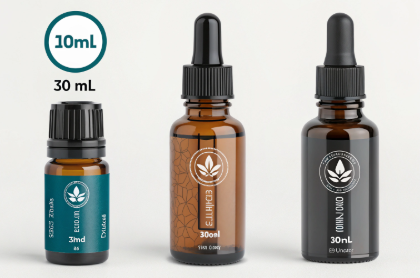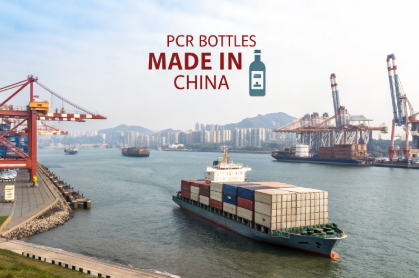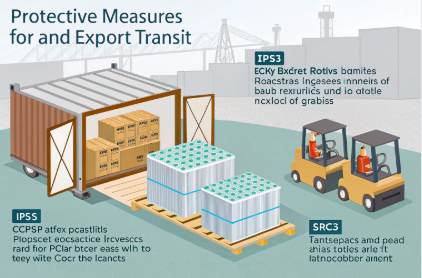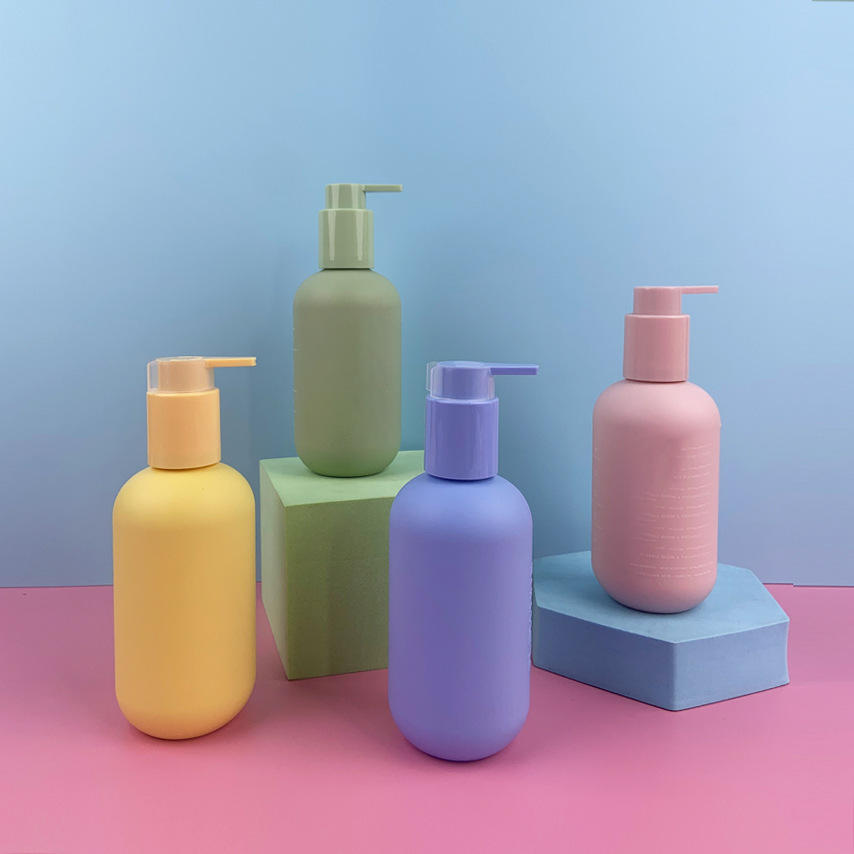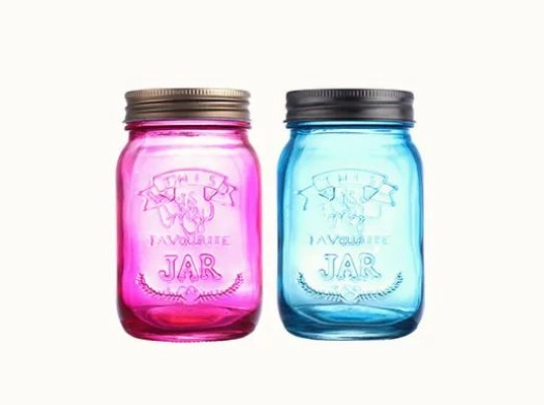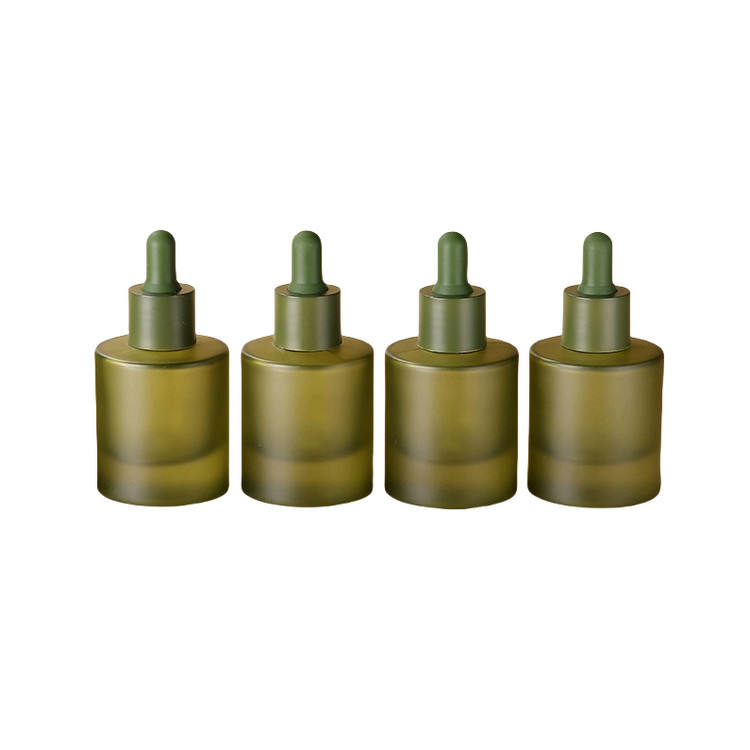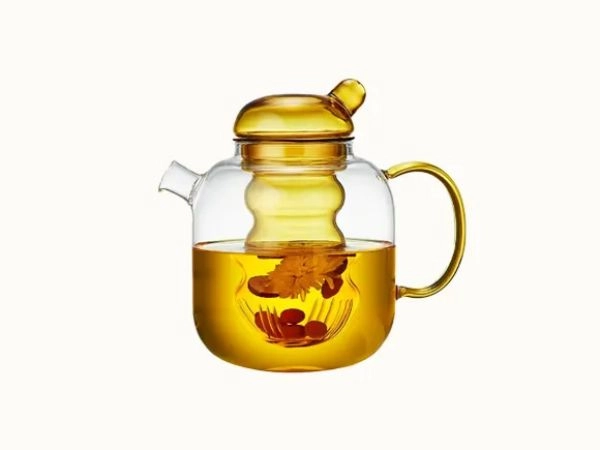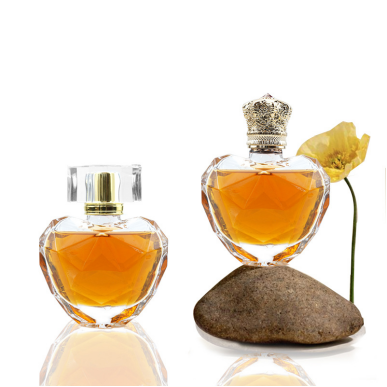You’ve found the right supplier—but getting your PCR bottles safely and legally into your market is a whole different challenge.
Exporting PCR (post-consumer recycled) bottles from China involves navigating shipping methods, documentation, import taxes, and packaging protection. A smart export plan reduces delays, breakage, and unexpected costs.
Here’s your complete guide to making it smooth from port to warehouse.
What Are the Key Documents Required to Export PCR Bottles from China?
Export compliance begins with paperwork—miss one, and your shipment could stall at customs.
To export PCR bottles from China, suppliers and buyers must coordinate a complete set of documents including commercial invoice, packing list, bill of lading, and certificates of origin or compliance.
Essential Export Documents
| Document | Purpose |
|---|---|
| Commercial Invoice | Declares value and item description for customs |
| Packing List | Details quantities, weights, and packaging |
| Bill of Lading (B/L or AWB) | Confirms shipment with carrier |
| Certificate of Origin (if requested) | Reduces duty in some FTA countries |
| Material Compliance (PCR/PLA) | Confirms recycled content, useful for eco-tariffs |
| MSDS / FDA cert (if needed) | Required for food-grade, pharma or skincare bottles |
At PauPack, we generate export-ready documentation for every shipment and provide digital copies to help buyers pre-clear customs or file for eco-import programs.
How to Choose the Right Shipping Method for PCR Bottle Orders?
Shipping PCR bottles isn’t one-size-fits-all. Your choice affects both cost and timeline.
PCR bottles can ship via air, sea, or express courier. Air is faster for urgent, smaller loads; sea is cost-effective for large orders. Hybrid methods (sea-air) are ideal for mid-sized or staggered deliveries.
Shipping Method Comparison
| Method | Timeline | Best For | Notes |
|---|---|---|---|
| Express Air (DHL/UPS/FedEx) | 3–7 days | Samples, urgent restocks | Higher cost per kg |
| Air Freight (Commercial) | 7–12 days | 500–2,000 kg orders | Lower than express, more handling |
| LCL Sea Freight | 20–30 days | 2–5 CBM shipments | Slower, lower cost per unit |
| FCL Sea Freight | 18–25 days | Full container loads | Best margin per unit |
| Sea-Air Combo | 12–18 days | Regional balancing | Reduces time without full air cost |
At PauPack, we offer multi-route export planning, including bonded warehouse coordination and split shipments if needed—so you can stay agile and in-stock globally.
What Import Duties and Taxes Should Buyers Expect in Major Markets?
Even “eco” packaging gets taxed. Understanding duties helps you price correctly and avoid surprises.
Import duties on PCR bottles vary by country, product use, and material classification (PET, PLA, HDPE, etc.). Some regions offer tax reductions for certified recycled content.
Example Duty Rates (Estimates, HS Code 3923.30)
| Market | Import Duty | VAT/Sales Tax | Notes |
|---|---|---|---|
| USA | 0–6.5% | No VAT | Additional tariffs may apply under Section 301 |
| EU | 6.5% | 20–25% VAT | Preferential duty possible with GSP + eco-cert |
| UK | 6.5% | 20% VAT | Requires EORI registration |
| Canada | 0–7% | 5–13% GST/HST | Must declare PCR % accurately |
| Australia | 0–5% | 10% GST | Under AUD $1,000 often duty-free |
PauPack helps clients classify shipments properly and include PCR content declarations on invoices for lower-duty processing wherever eligible.
How to Minimize Breakage and Delay Risks in International Transit?
Glass or PCR plastic—if it breaks or leaks, your brand pays the price.
Protecting bottles during export requires sturdy secondary packaging, container-level optimization, and weather-resistant materials for long-haul transit.
Tips to Reduce Risk
-
Use multi-layer cartons with inner partitions and foam wrap
-
Add humidity absorbers for long sea routes
-
Test for cap torque and seal integrity before shipping
-
Label cartons with fragile and orientation arrows
-
Choose reputable forwarders with cargo insurance options
All PauPack shipments are pre-tested with drop simulation, vibration checks, and torque QC. We also offer ocean-safe air column packaging for bulk PCR bottle orders.
Why PauPack Simplifies the Entire Export Process for Global Buyers?
You handle the product—we handle everything else.
PauPack provides full-service export support for PCR bottles: from compliance to carton to customs. We help you scale globally, without the logistics headache.
Our Export Advantage
-
Pre-shipment documentation (invoice, CoO, MSDS, batch ID)
-
Choice of air, sea, and bonded delivery routes
-
Export QC: visual, torque, pressure, packaging
-
Customs guidance + eco-cert export support
-
DDP (Delivered Duty Paid) options in US/EU
-
One contact from quote to delivery
Whether you’re an Amazon seller importing 2,000 frosted PCR bottles or a skincare brand scaling a 30,000-unit launch across three continents—PauPack delivers clarity, compliance, and confidence.
What Export Regulations Apply to PCR Packaging Materials from China?
Even eco-packaging needs to clear customs. And each destination has its own rules.
While PCR bottles are generally allowed across borders, they must still comply with material classification, labeling laws, and documentation requirements for recycled content and consumer safety.
Key Export Compliance Notes
| Region | Requirement | What to Provide |
|---|---|---|
| Global | Accurate HS Code declaration | HS Code 3923.30 or similar |
| EU | PCR content declaration | Certificate or invoice note |
| USA | Section 301 tariff check | Country-of-origin proof |
| Australia | Labelling of recycled origin | Custom declarations with PCR % |
| Canada | Health Canada safety (if for cosmetics) | MSDS and material traceability |
PauPack ensures that every PCR shipment from our facilities includes pre-approved documentation, proper code classification, and traceable resin sourcing aligned with international expectations.
How Should Bulk PCR Bottles Be Packed for International Shipping?
PCR bottles—especially in lightweight or clear finishes—are prone to deformation or breakage without proper packaging.
The right export packaging protects not just the product but your brand’s reputation. Smart packing reduces damage claims, customer complaints, and customs holdups.
PauPack’s Packaging Standards
| Layer | Protection Strategy |
|---|---|
| Primary | Bubble sleeve or partition wrap on each bottle |
| Secondary | 5-ply corrugated box with die-cut dividers |
| Tertiary | Pallet wrapping + moisture control packs |
| Labeling | Fragile + upright position indicators |
We test every packaging method with drop simulation and compression to ensure our PCR bottles arrive intact—whether by sea or air.
What Are the Key Differences in Importing PCR Bottles to the US, EU, and Australia?
The bottle may be the same, but the regulations and costs aren't.
Importing PCR bottles involves different duties, sustainability documentation, and labeling rules depending on your target market. Each region has distinct incentives—and risks.
Regional Import Landscape
| Region | Duty Impact | Compliance Note |
|---|---|---|
| USA | 0–6.5%, extra tariffs on PET | Check if HS code falls under Section 301 |
| EU | ~6.5%, VAT 20–25% | Eco-labeling required for B2C products |
| Australia | Often 0–5% | Custom value declaration and GST applies |
| UK | ~6.5%, VAT 20% | PCR disclosure improves customs clearance |
PauPack includes eco-declarations, batch traceability sheets, and origin docs with each export, helping reduce duty exposure and speed up clearance.
What Are Common Mistakes Buyers Make in the PCR Export Process?
The right product with the wrong paperwork is a common recipe for delays.
Buyers frequently run into issues when they neglect labeling, under-declare values, mismatch HS codes, or skip product compatibility testing before shipping.
Common Export Pitfalls
| Mistake | Risk |
|---|---|
| Wrong HS code | Delayed clearance, higher tax |
| Missing FDA/food-safe declarations | Refused entry for wellness products |
| Underreported invoice value | Red flags with customs, fines |
| Inadequate protective packaging | Product loss and refund claims |
| PCR % not verified | Missed opportunity for tax benefits |
We work closely with clients to pre-review export plans—ensuring everything from carton labeling to customs invoicing is ready to go.
How PauPack Optimizes Export Efficiency for Sustainable Packaging Projects?
You handle the brand—we handle everything between factory and fulfillment center.
PauPack specializes in exporting sustainable packaging like PCR bottles with end-to-end logistics support, compliance documentation, and packaging performance management.
Our Export Services Include:
-
Pre-filled commercial invoice, packing list, and MSDS
-
Tested packaging designed for PCR materials
-
Traceability documents for eco-import programs
-
Air/sea freight coordination with real-time updates
-
DDP (Delivered Duty Paid) and bonded zone options
-
One-stop project manager from PO to port
Whether you're shipping 5,000 PCR serum bottles to the EU or launching a refillable wellness line in the US, PauPack ensures your export is efficient, compliant, and on time.
Conclusion
Exporting PCR bottles takes more than a factory order—it requires smart logistics, accurate paperwork, and tested packaging. PauPack makes every step easier, safer, and globally ready.




